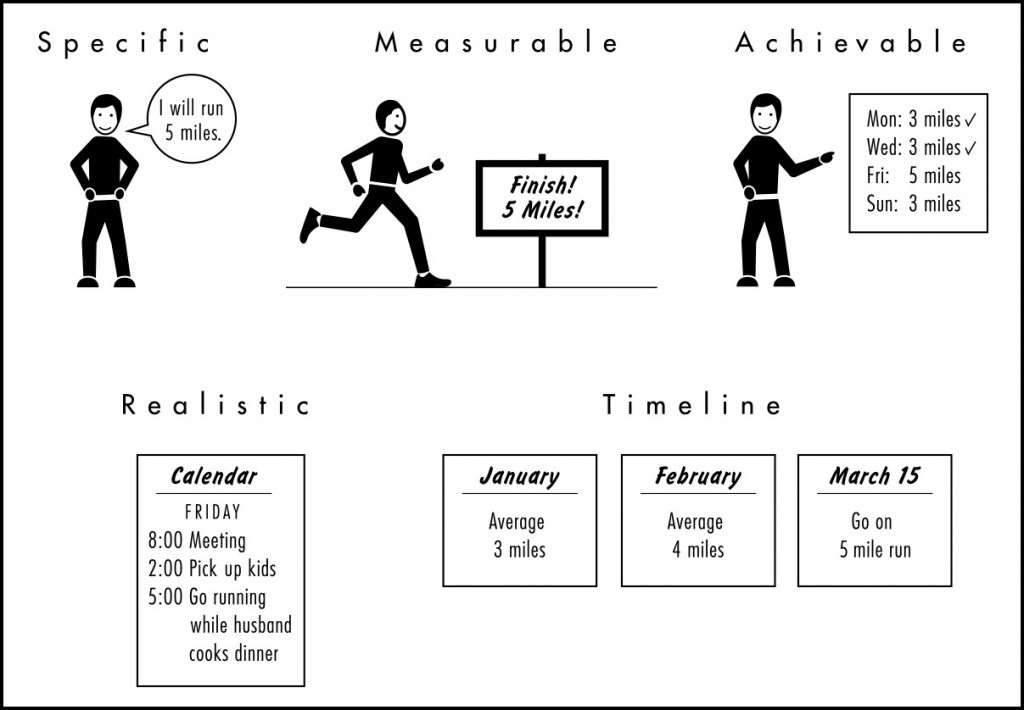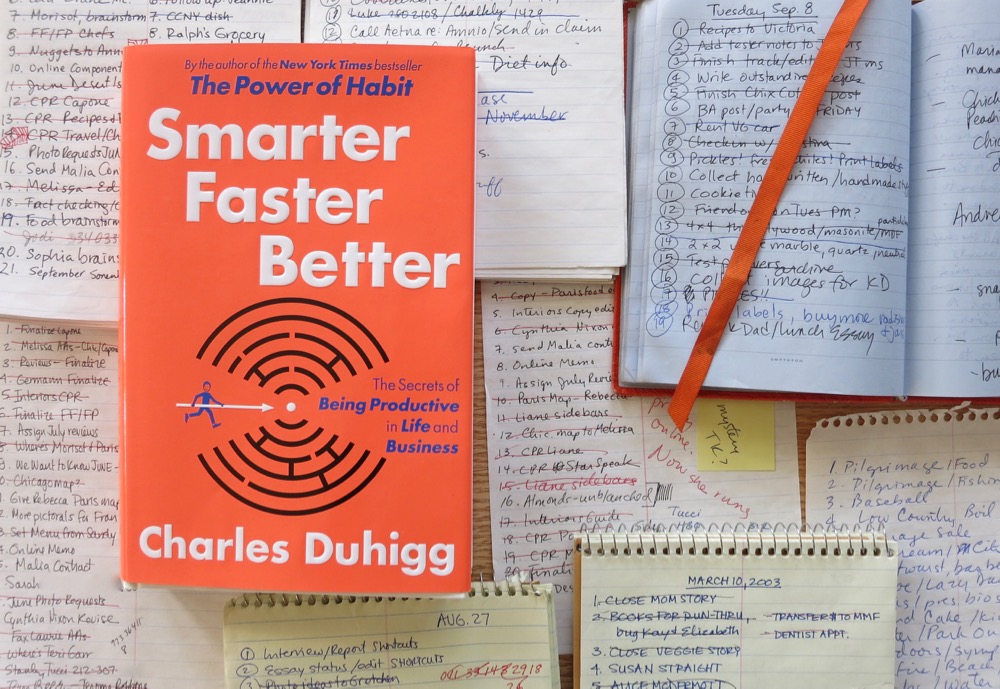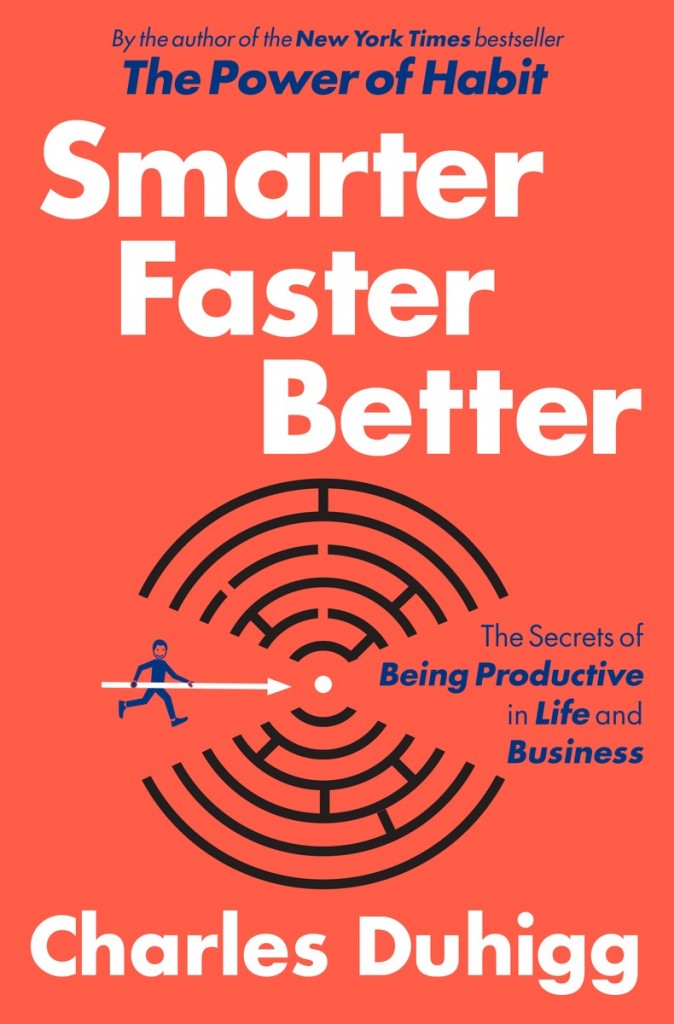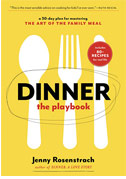How do you write a to-do list? If you’re like me, you’re doing it all wrong.
There’s a story in Charles Duhigg’s new book on productivity, Smarter, Faster, Better about the first bullet train, the train invented in 1950s Japan that ran between Tokyo and Osaka, at a then unheard-of speed of 120 miles per hour. That train, and the others that soon followed, played a critical role in the country’s post-war economic expansion, and the innovative technologies developed during its production revolutionized industrial design and inspired high-speed rail projects all over the world.
But here’s the interesting part: When the head of the railway system in Japan first challenged his engineers to build a train capable of traveling at that speed, it was an absurd concept. His engineers told him it would not be possible. He said “Nonsense!” A few months later, they presented prototypes that ran at 65 mph, and the railway head told them it wasn’t good enough. The team came back with one that ran at 75 mph, and he rejected it. The only way to reach the goal, the director said, was to completely rethink everything about the way a train worked — how it turned, how the tracks were built, how the gears were meshed, how the cars were powered. Everything. Two years later they unveiled the fastest train in the world and the world watched in awe.
How amazing is that? Duhigg says this is an example of a “stretch goal,” something so ambitious, so out-of-reach, that the mere suggestion of it invites smirking and eye-rolling from whoever it is presented to. And apparently, for those of us who want to increase our productivity — whether productivity is defined as getting in better shape, writing the great American novel, or maximizing the efficiency of a factory assembly line — it’s crucial to have the same kind of absurd ambition at the top of our to-do list.
As you can maybe gather from my collection of to-do lists shown up in the photo, this was news to me. I’ve been known to add already-completed tasks on my list merely so I can give myself the satisfaction of crossing them off. Apparently, I’m not the only one. Apparently it’s a thing — and not necessarily a good thing, to hear one of Duhigg’s experts, psychologist Timothy Pychyl, explain it: “When people say things like ‘I write down easy items I can cross off right away, because it makes me feel good,’ that’s exactly the wrong way to create a to-do list. That signals you’re using it for mood repair, rather than to become productive.”
Not that there is anything wrong with mood repair when you have young kids and you count taking a shower without interruptions as a small victory. But what if you are beyond that? What if, as a parent, you no longer answer “getting through the day with sanity intact” when someone asks you what your main goals in life are? What if you want your to-do list tasks to be more than “fold laundry without throttling anyone who is not helping me?” Or more than the twenty short-term tasks you must get done in order to keep your job, but that don’t in any way get you closer to the career of your dreams? What if you want to be the next Rainbow Rowell? Run a marathon? Find a job after taking some time off with the kids? Figure out a family dinner routine once and for all? What if you want to work your way out of a dead end job so you can find interesting, meaningful work or a larger purpose? Why is there not a bullet train at the top of our lists at ALL times?
Of course, merely putting your dream in writing isn’t going to make it happen. But it’s a start. As Duhigg explains in the same section, the trick is to combine a stretch goal with a SMART system: Specific objectives that are Measurable, Achievable, Realistic, and based on a Timeline. The SMART system evolved at General Electric, and Jack Welch, the company’s chief executive credited it with tripling the company’s stock in eight years during the 80s. Managers were forced to submit and resubmit SMART goals which forced people to translate vague aspirations into concrete plans. “The process of making a goal specific and proving it is achievable involves figuring out the steps it requires,” Duhigg writes. “Coming up with a timeline and a way to measure success forces a discipline onto the process that good intentions can’t match.”

This illustration, for instance, shows the SMART way to break down a seemingly out-of-reach goal for many: running a marathon. (My favorite part of that, naturally, is the timeline, where the goal-setter gets to run while the husband makes dinner.) It doesn’t just say “Train for marathon” or “Run a few more miles every week.” There’s a specific plan, and most important, a schedule that forces you to work a little towards that bullet train goal every single day.
It really made me look at my to-do list with new eyes. What am I not doing that I am capable of? What is my bullet train? What is yours?
Smarter, Faster, Better is available wherever books are sold.
Related: Duhigg on Kicking the Dessert Habit
Related: How asking five questions allowed Duhigg to eat dinner with his kids.









Interesting, particularly that diagram about running. I’m in complete agreement, that is the only way that I am able to run. My husband and I both schedule in our workouts, and those calendar items are sacred. They also tie into our dinner making schedule, so they are doable, and non-negotiable. Menu-planning and scheduling exercise has been a game changer for us. We’ve been at it for a few years now, and as it easy as it might seem to take a week off now and then – we never do.
Also, the laundry / not-throttle bit is hilarious and oh-my-goodness-so-true.
I just finished a stack of books about habits and efficiency and time management, and this one sounds much more what I am looking for! Requested from the library!
xox
I like the idea of combining a stretch goal with a smart system. Changes my outlook on goal setting, thanks for the post.
Whew, I’m one of those people who adds simple tasks to my list just to cross them off. I never knew this was a bad thing: it always made me feel so productive! I like this post, I learned a lot. Love the illustrations, I agree with the “while husband cooks dinner” part haha!
I will keep this in mind, as I have to start planning for school. No more vague directions!
I’m always looking for new ways to approach weight loss. I have 60 lbs to lose, and have no trouble taking 20 off, only to let bad habits creep back in. It’s so discouraging. So thanks for sharing this life hack. Maybe I can make this work for me. I especially like the SMART goals, and will even go so far as to draw my own stick figures. If I can keep at it, I’ll post with progress (and you can take my silence as another failed attempt 🙁 ). Thanks Jenny 🙂
Thank you for writing this, Jenny! I love it!
I didn’t see this post until today but yesterday while browsing in a bookstore, I happened to purchase this book! I am looking forward to reading it and hoping to find some new planning skills. I recently started a Bullet Journal; I’m sure this book will help.
It was a jolt to my system the day I realized I did have the time to accomplish some long term goals now that my kids were older. I read Duhigg’s book The Power of Habit, and this one looks just as helpful.
Great post!
Hugs,
Love from http://www.trangscorner.com {a lifestyle, fashion, beauty, and food blog}
Totally makes sense if you think about it. I am extremely Type A. I have multiple planners and several lists every day. Works for me.
Gretchen Rubin’s Better than Before is all about using research to find the best ways to change our habits. It sounds like it would be a good partner to read after Duhigg’s book.
I’m guilty of adding things to my To Do list just so that I can cross them off. I’ve always assumed it was an accepted thing, not mood repair! I like the idea of audacious goals broken down into manageable pieces.
I enjoyed the Power of Habit, I’m going to have to give this book a whirl too.
Love this! I’m always on the look out for ways to get my butt in gear so thanks!